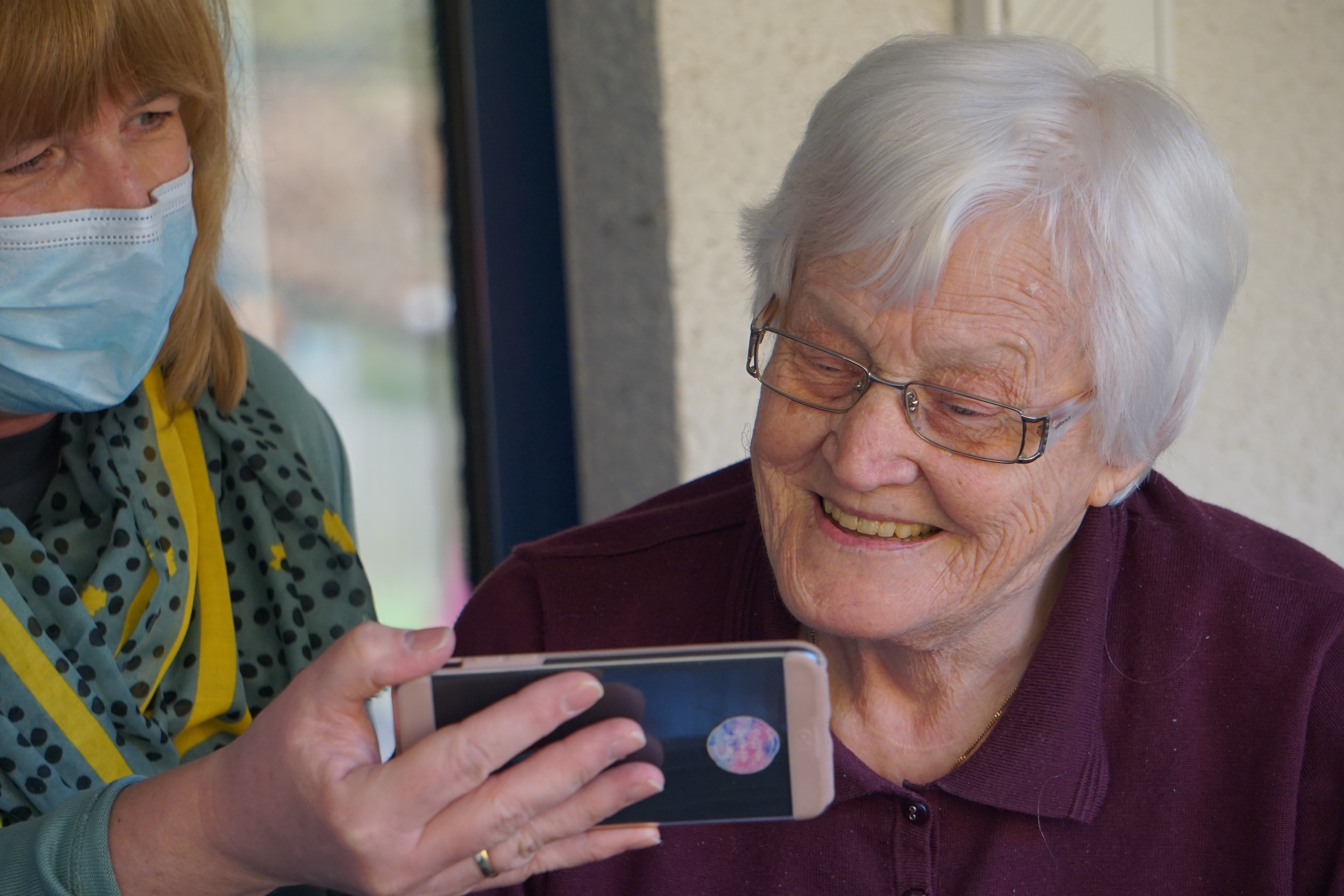
Everything You Need to Know About Alzheimer’s Eye Changes
March 21 2022
Everything You Need to Know About Alzheimer’s Eye Changes
Alzheimer’s disease is a part of the world we live in now. More than five million Americans – of all ages – have Alzheimer’s. As if that wasn’t alarming enough, Alzheimer’s disease is the most common cause of dementia. Across the world, more than 50 million people suffer from this deadly ailment. And, yet, a cure remains out of our grasp.
However, even if it cannot be cured, it can be diagnosed. Knowledge is power, as they say, and one of the ways it can be detected is through an Alzheimer’s eye test. In fact, a simple eye scan might be the way forward towards better detection of the disease. How? It’s because Alzheimer’s disease can affect your eyes in a wide variety of ways.
What Are Alzheimer’s Effects on the Eyes?
According to research, your sight might be the best indicator of early-onset Alzheimer’s, even before you exhibit symptoms. Eyes are just an extension of the brain, and Alzheimer’s affects the brain most of all. The build-up of beta-amyloid protein in the brain is an early sign of Alzheimer’s since it shows up about a couple of decades before symptoms.
A side-effect of this is that the retinal nerve seems to more narrow. Scientists have found that people who develop memory loss also have thinner retinas. People who don’t suffer from memory loss, on the other hand, do not have thin retinas.
This can cause various problems when it comes to sight, and we’ll discuss a few of them here.
Reduced Motion Detection
Alzheimer’s patients might find it hard to detect motion on top of blurred vision and memory loss. Normal vision feels like an uninterrupted stream of video for us, but they see through life as if it is a slideshow of still pictures. Any activity involving fast motion like sports, watching a movie, etc., makes them feel lost and alienated – especially if they like engaging in these activities with their family.
Loss of Depth Perception
The loss of depth perception comes in many forms. Patients are unable to judge how far away a certain object is, find it difficult to deal with changes in elevation, and have difficulty differentiating between a three-dimensional object and a 2D image of the same thing.
For example, imagine a situation where they have to reach out to pick up a transparent bottle filled with water on a glass table. They have a high chance of missing it, resulting in a nasty injury.
Reduction of Peripheral Vision
Alzheimer’s patients mostly lose the ability to use peripheral vision. In most cases, they have to deal with a twelve-inch range of vision. Their vision is so restricted that they cannot see anything at the bottom, top, or the sides.
Difficulty Recognizing Colors
Unless patients are surrounded by objects of high color contrast, they usually cannot tell things apart. For example, an Alzheimer’s patient cannot tell the difference between a cup and the liquid it contains unless they are starkly in contrast – like an orange liquid in a blue cup, for instance. This will help them get through day to day activities with a bit more ease.
Get Help From All American Home Care
At present, there are many studies ongoing to gauge better ways of dealing with Alzheimer’s. While a cure may be, as of yet, out of reach, being aware, informed, and prepared are among the best tools in the box of caregivers. Forewarned is forearmed. Having the knowledge will help you prepare, which in this case, can help save the life of your loved one.
Make no mistake, Alzheimer’s can, and has, killed. Since early signs of Alzheimer’s are in the eye, the best thing you can do is stay on top of your health and get regular eye checks done. If you or a loved one are dealing with eye effects or any other Alzeheimer related symptoms, reach out to All American Home Care. Our expert team of caregivers can provide you with individualized health care in a comfortable environment.





